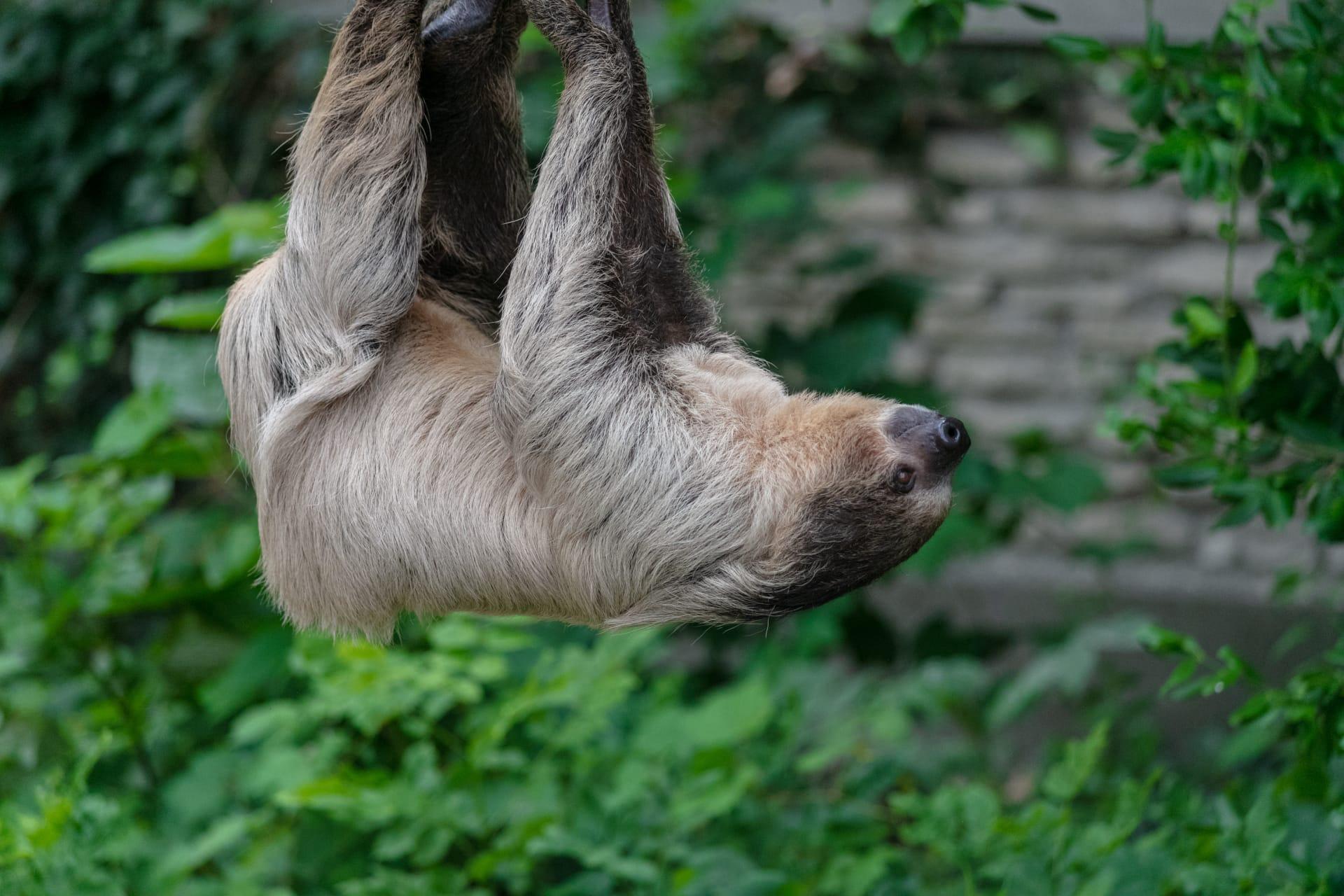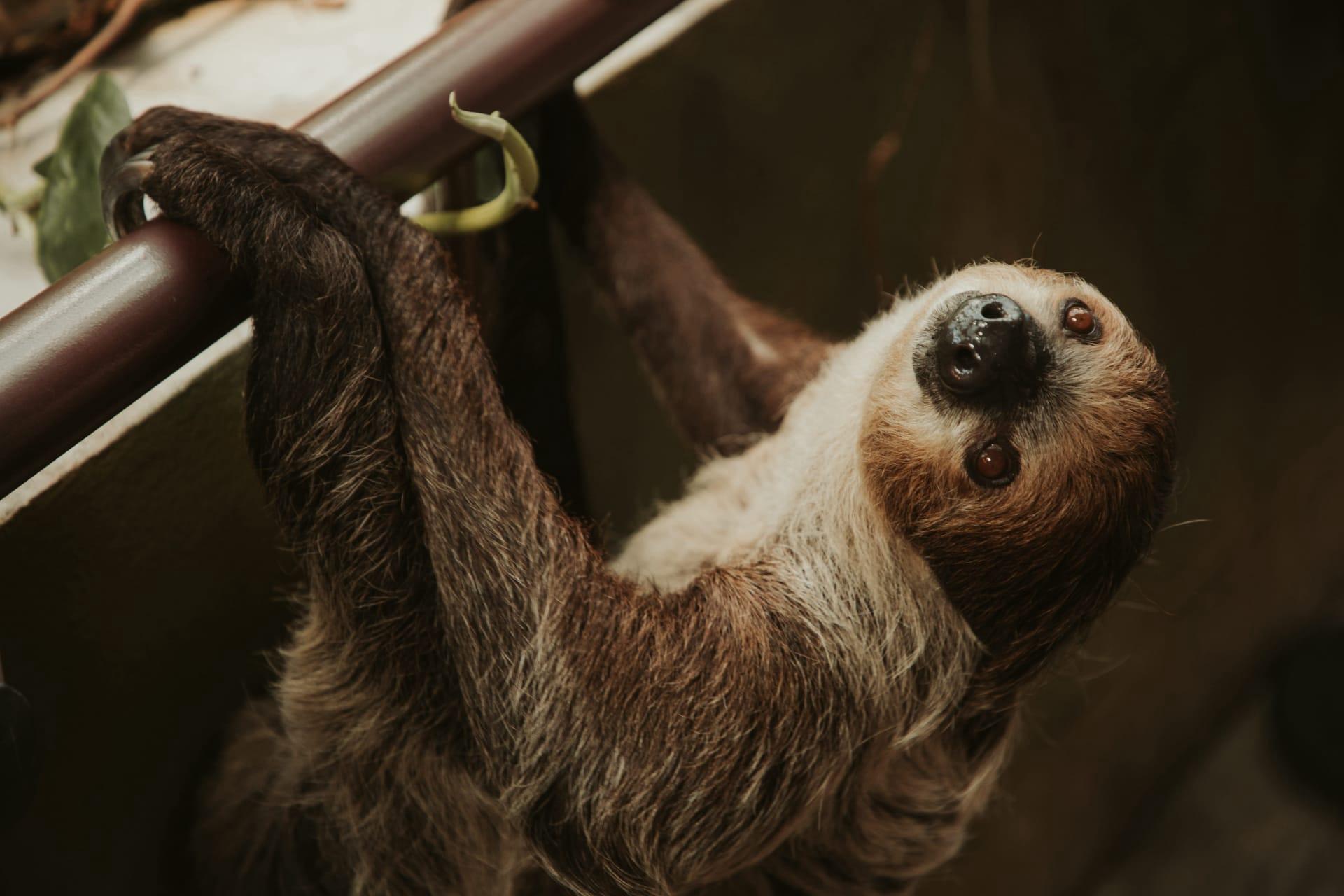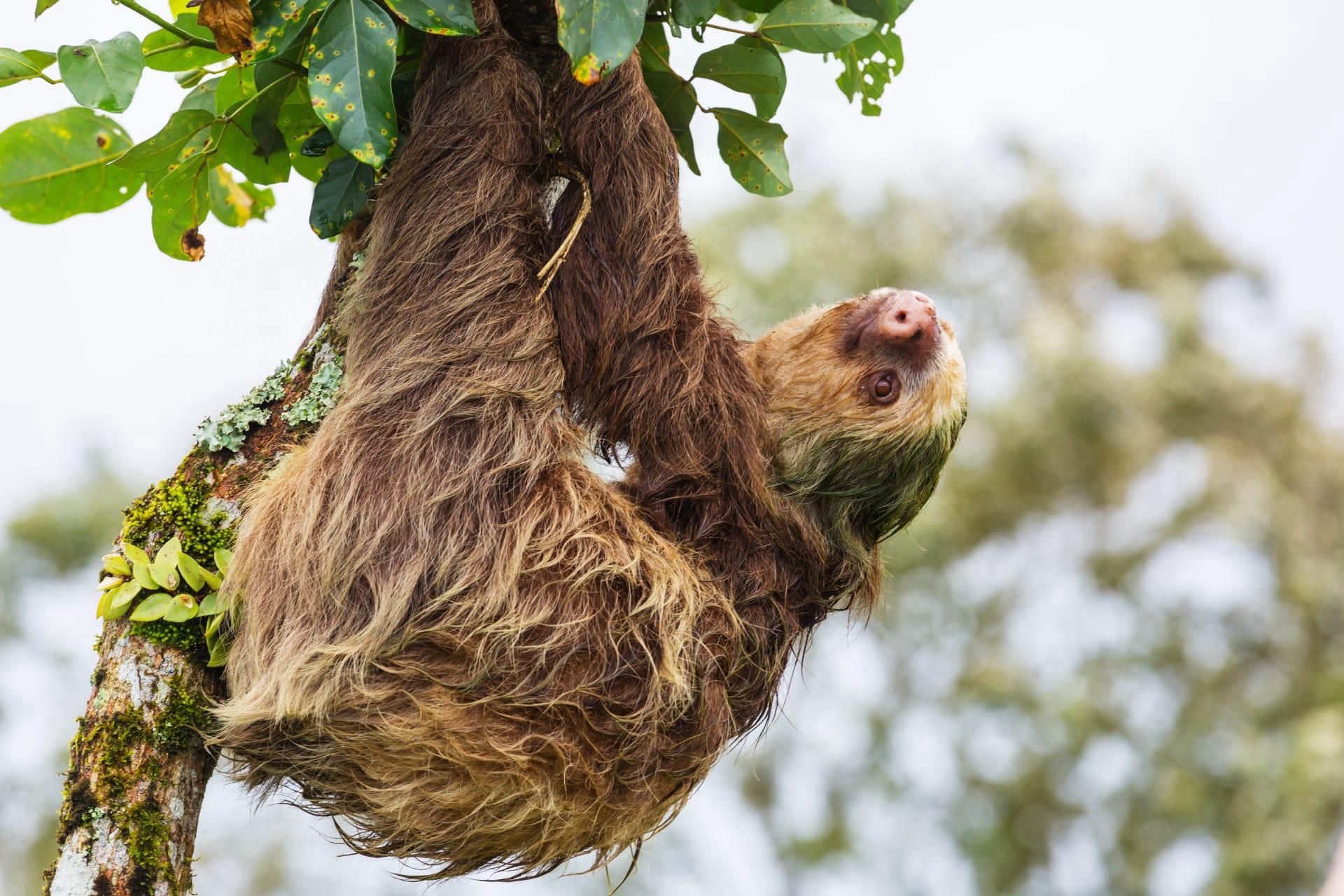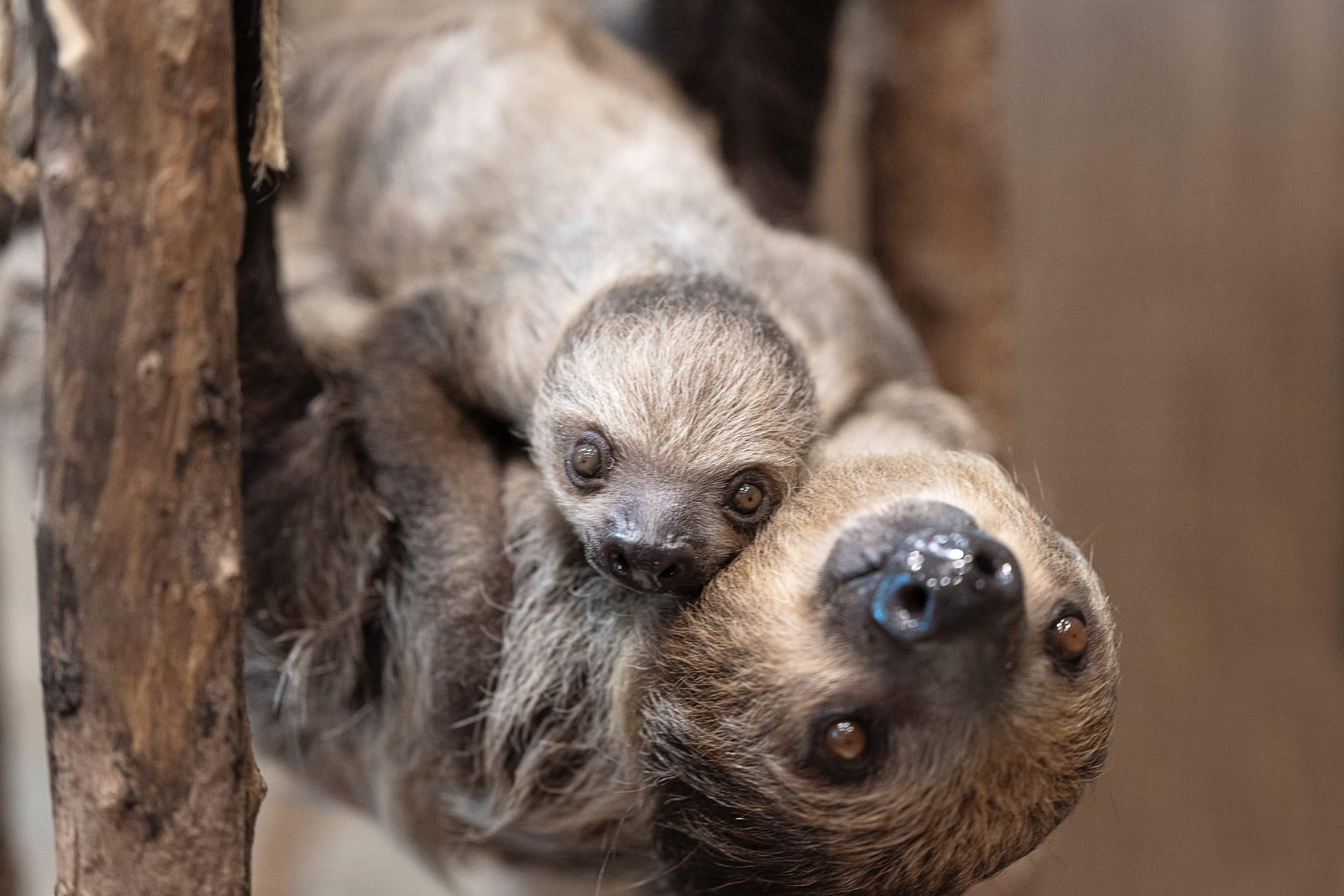Sloth Characteristics
- Home /
- Mini Encyclopedia /
- Animal /
- Sloth Characteristics
1
Sloths, those adorable creatures often seen hanging from tree branches, are a wonder of nature. These mammals, found primarily in Central and South America, exhibit a fascinating combination of physical traits. An average sloth measures about 24 to 31 inches in length and can weigh between 8 to 17 pounds, depending on the species. They possess a unique fur coat that hosts symbiotic algae, providing camouflage in the lush forests. Sloths are known for their impressive lifespan, living typically around 20 to 30 years in the wild and sometimes over 40 years in captivity.
One of the most remarkable organs in a sloth is its slow digestive system. This system is perfectly adapted to their diet, which mainly consists of leaves, twigs, and buds. The sloth's stomach can take up to a month to digest a single meal, due to their low-caloric diet and reduced metabolic rate. This slow digestion is crucial for their survival, as it allows them to thrive on limited nutrients while using minimal energy.

2
Question: Why are sloths known to move so slowly?
Answer: Sloths are often associated with their slow movement, which is intrinsically linked to their survival strategy. Their deliberate and sluggish movements are a result of their exceptionally low metabolic rate, which is less than half of that expected for a mammal of their size. This low metabolism is an adaptation to their diet, which is low in calories and difficult to digest. By moving slowly, sloths minimize their energy expenditure, allowing them to survive on their limited diet. Additionally, this slow movement helps them avoid detection by predators, as quick movements in the dense forest canopy can attract unwanted attention.

3
Sloths are known for their unique locomotion, characterized by their extremely slow and deliberate movements. On the ground, they are quite vulnerable and can only move at a speed of about 2 to 3 meters per minute. However, in the trees, they are more agile, able to swing from branch to branch with their long, powerful limbs. Despite their slowness, they are excellent swimmers, capable of moving three times faster in water than on land.
Their diet is primarily herbivorous, consisting mainly of leaves, fruits, and flowers. Sloths have a highly specialized diet, with a particular preference for certain types of leaves. Due to the low nutritional value of their food, they have a slow metabolic rate and a correspondingly slow digestive process. They eat relatively little and spend a great deal of time sleeping to conserve energy.

4
Sloths inhabit the rainforests of Central and South America, thriving in the dense, humid canopy. Their environment is crucial for their survival, providing both food and protection. These forests offer a rich array of leaves and branches, crucial for both their diet and arboreal lifestyle. The constant high humidity in these areas is also essential for the health of the microorganisms that live in their fur.
Regarding reproduction, sloths are solitary creatures, coming together only for mating. The female sloth gives birth to a single offspring after a gestation period of about six months. Baby sloths are born fully furred, eyes open, and can cling to their mother's fur immediately. They remain with their mother for about six months to a year, during which they learn necessary survival skills and feeding habits.

5
Book: "The Secret Life of Sloths" by Lucy Cooke. This engaging book, published in the United States in 2019, delves into the fascinating world of sloths, uncovering their unique lifestyle and survival tactics. Cooke, a renowned zoologist and filmmaker, combines scientific insights with humorous anecdotes, making the book both informative and entertaining.
Book: "A Little Book of Sloth" by Lucy Cooke. Published in 2013, this book is a heartwarming tribute to the sloth residents of a sanctuary in Costa Rica. Cooke, through her charming narrative and delightful photographs, introduces each sloth's personality and story, offering a glimpse into their slow-paced, yet intriguing lives. This book is not only educational but also showcases the importance of conservation efforts for these endearing creatures.